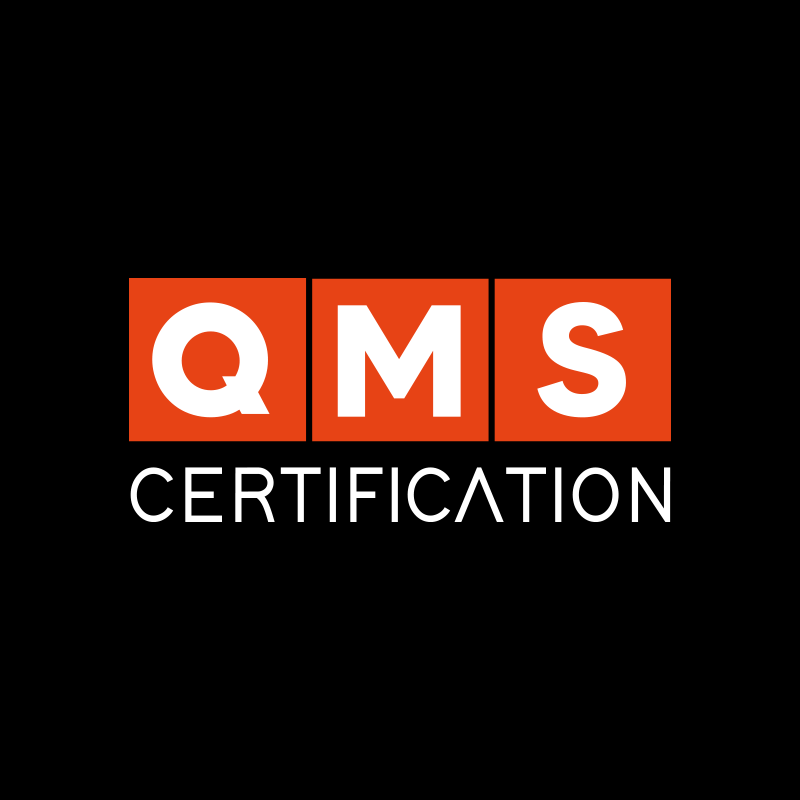Continuous improvement is part of the day-to-day work of both internal and external auditors — but do you know the differences and similarities between these professionals? Clearly, both are essential and highly valuable to organizations. However, it’s important to understand what each one does similarly or differently.
In general, we’ll see that the work of an internal or external auditor is quite similar. Both aim to drive improvement within organizations and ensure compliance with excellence and management standards. In this article, we’ll dive deeper into the topic and explore the responsibilities of each professional.
It’s worth noting that the focus here is on ISO auditors, regardless of the specific standard — such as ISO 45001, ISO 37001, ISO 14001, and others. However, the concepts can generally be applied to any type of auditor. With that said, let’s get into it!
Internal or External Auditor – Similarities
First and foremost, both internal and external auditors share the same core purpose: to verify whether the management system (its daily operations) complies with the requirements of the relevant standard or guideline.
This shared objective leads to several similarities in how they perform their roles. Let’s look at a few key ones:
- Use of predefined criteria and search for objective evidence: Auditors must follow established criteria (standards, internal procedures, policies, etc.) and gather objective evidence to support their findings of conformity or nonconformity. An auditor — internal or external — should never rely on assumptions.
- Similar audit methods: Both types of auditors use nearly identical methodologies, aligned with ISO 19011 (Guidelines for auditing management systems). They conduct interviews, analyze documents and records, observe processes, trace data, and apply other techniques to collect evidence, compare with standards, and draw conclusions.
- Audit report writing: Both internal and external auditors are responsible for preparing audit reports that formally document their findings. These reports include strengths, conformities and nonconformities, observations, opportunities for improvement, and other similar results.
- Similar competence requirements: Both professionals must be competent in auditing practices and have technical knowledge of the standard and audited processes. This means understanding the relevant ISO standard (e.g., ISO 9001) as well as audit techniques and ISO 19011 guidelines.
As you can see, the daily work of both professionals is quite similar. They evaluate processes, compare them to standards, and determine conformity or nonconformity. The main difference lies in the purpose of the audit — whether it’s for process improvement or certification recommendation. Let’s explore how this works.
Read: The Importance of External Audit
Internal or External Auditor – Key Differences
While their work is very similar, the purpose of each audit type changes the dynamic. Below are the main distinctions between internal and external auditors:
- Certification focus: Internal auditors focus on process improvement and identifying ways to optimize operations. External auditors, on the other hand, assess conformity with management system standards. They work on behalf of a certification body and decide whether to recommend certification.
- Audit frequency: Internal audits may occur several times per year, supporting process improvement and better understanding of the business context. External audits are less frequent — typically once per year for surveillance and every three years for recertification.
- Approach and impartiality: Internal auditors may audit any area of the organization except their own, maintaining impartiality while also taking a more educational, improvement-driven approach. External auditors are fully independent, focusing solely on evaluating conformity.
- Audit costs: Both involve costs, but internal audits are conducted by in-house staff, so no additional costs are incurred. External audits require hiring a certification body or external auditor, which adds external costs to the organization.
In summary, the main differences are related to certification purposes. While internal auditors help maintain standards and prepare the organization for certification, it is the external auditor who officially evaluates the system and recommends certification.
It’s also more common for internal auditors to be part of the organization itself, auditing only their own company. External auditors, by contrast, typically work across multiple companies, traveling often and encountering various organizational contexts.
Differences & Similarities — But the Same Purpose
Despite all the differences and similarities, we believe that the core purpose of both professionals — internal or external auditors — is the same as QMS’s: to strengthen companies and society through certification (or internal audits, in the case of internal auditors).
For internal and external auditors alike, the badge they wear is secondary to the mission they share. They may walk different paths, but they journey together in building stronger, more mature, responsible, and effective management systems. One prepares the ground; the other confirms that it’s solid. One fine-tunes the route with insider insight; the other validates the map with the neutrality of an outsider.
That’s why, despite technical, methodological, or contractual differences, the essence of their work is shared: to foster trust and continuous improvement — always!
Trust in processes, in people, in products. Trust that there is, within each organization, a genuine commitment to delivering results for stakeholders.
So, to value the work of these professionals is also to value the culture of quality, environmental stewardship, workplace safety, information security, and more. Because wherever good audits happen, there is learning. Where active listening and clear criteria exist, there is evolution. And where there is evolution — there is a future.










